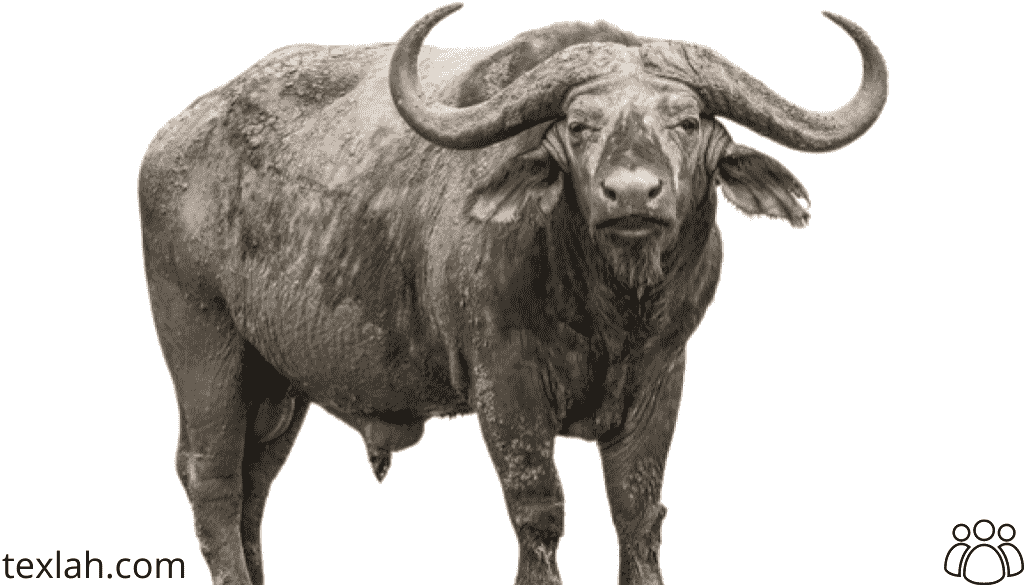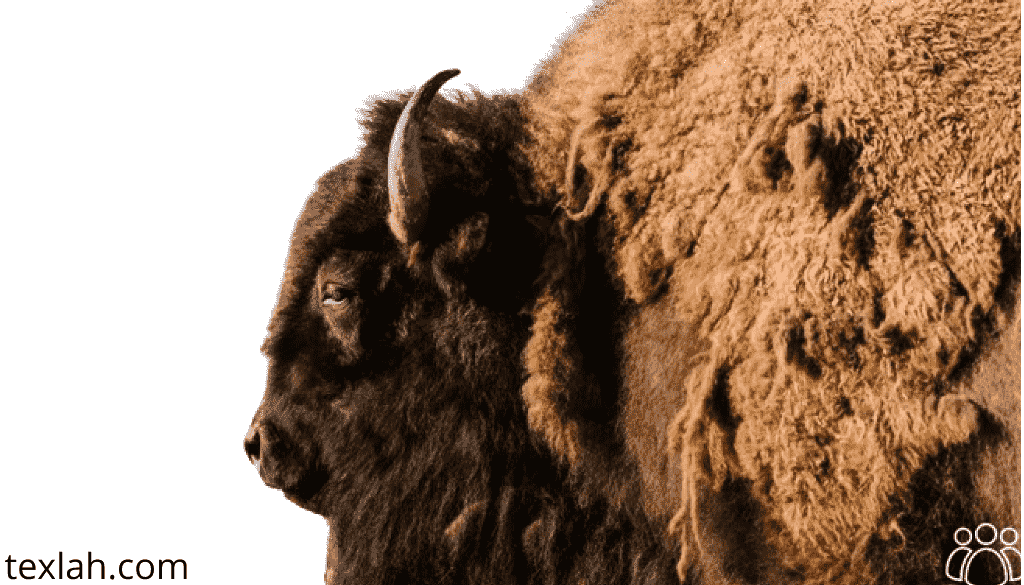The terms “buffalo” and “bison” are often used interchangeably, leading to confusion, but they refer to distinct species. Bison, native to North America and Europe, include two main species: the American Bison and the European Bison. On the other hand, buffalo typically refers to the water buffalo and the Cape buffalo, found in Asia and Africa, respectively. While bison and buffalo share similarities, such as their massive size and grazing habits, differences in anatomy, habitat, and geographic distribution set them apart. Understanding these distinctions helps clarify that buffalo and bison are not the same, despite the common usage of the terms. Thus, explore Are Buffalo and Bison the Same?
Read More: Komodo Dragon Teeth
Taxonomy and Species Differentiation
Contrary to popular belief, buffalo and bison belong to separate taxonomic classifications. Bison, native to North America and parts of Europe, fall under the genus Bison, while buffalo are primarily found in Africa and Asia, belonging to the genera Syncerus and Bubalus. Understanding their distinct evolutionary paths is crucial to appreciating the unique traits that define each species.
Buffalo and bison belong to different taxonomic classifications, emphasizing their distinct species.
Buffalo Classification:
- Water Buffalo: Native to Asia, the water buffalo (Bubalus bubalis) is domesticated for various purposes, such as agriculture and transportation.
- Cape Buffalo: Inhabiting parts of Africa, the Cape buffalo (Syncerus caffer) is a large, robust species often found in savannas and grasslands.
Bison Classification:
- American Bison: Indigenous to North America, the American bison (Bison bison) is a keystone species, historically roaming the Great Plains.
- European Bison: Also known as the Wisent, the European bison (Bison bonasus) resides in forests across Europe.
Understanding the taxonomy and species differentiation is crucial to recognizing the unique characteristics and habitats of both buffalo and bison.
Physical Characteristics
Distinguishing the features of buffalo and bison involves a closer look at their physical characteristics:
Buffalo:
- Larger Horns: Buffaloes typically have larger, curved horns that sweep backward, a distinctive shape that varies among different species.
- Stockier Build: Buffaloes often exhibit a bulkier and more robust build, especially in the neck and shoulders.
Bison:
- Shorter Horns: Bison, on the other hand, have shorter, thicker horns that curve upward and then downward, giving them a distinctive hump on their massive heads.
- Leaner Build: Bison tend to have a leaner physique, a pronounced shoulder hump and a more streamlined appearance.
These physical characteristics contribute to the unique and identifiable traits of each species, aiding in differentiation between buffalo and bison.
Geographic Distribution: Are Buffalo and Bison the Same?
Buffalo and bison, although sharing similarities, exhibit differences in their geographic distribution:
Buffalo:
- Water-Dependent: Buffaloes, particularly the African buffalo, are often associated water-rich environments. They thrive in grasslands, savannas, and wetlands, requiring access to water sources for grazing.
Bison:
- North American Presence: Bison are primarily found in North America, two distinct species—the plains bison and the wood bison. They are adapted to diverse habitats, including grasslands, prairies, and forests.
Understanding their preferred habitats is crucial for distinguishing between buffalo and bison, as their geographic distribution plays a key role in their ecological niche.
Behavior and Social Structure
Buffalo and bison, despite their similarities, showcase distinct behavior and social structures:
Buffalo:
- Group Dynamics: Buffaloes are known for forming large herds, creating a sense of community and protection. They exhibit complex social structures, hierarchical organization led by dominant individuals.
Bison:
- Smaller Groups: Bison tend to form smaller family groups, often composed of females and their offspring. While they can gather in larger herds during certain periods, their social structure is generally less hierarchical than that of buffaloes.
These behavioral differences contribute to the unique dynamics in buffalo and bison populations, impacting their interactions and survival strategies.

How to Tell the Difference Between Buffalo and Bison
Distinguishing between buffalo and bison involves noting several key differences:
Physical Appearance:
- Bison: Typically have a hump on their shoulders and a more massive head.
- Buffalo: Have a straighter back and a less pronounced hump.
Horns:
- Bison: Have shorter, curved horns that point upward.
- Buffalo: Have larger, curvier horns that sweep backward.
Beard:
- Bison: Sport a beard, a tuft of fur on their chin.
- Buffalo: Lack this distinctive beard feature.
Size:
- Bison: Generally smaller and lighter than buffalo.
- Buffalo: Tend to be larger and heavier.
Recognizing these physical traits is key to accurately identifying whether you’re observing a buffalo or a bison in the wild or in captivity.
Conclusion: Are Buffalo and Bison the Same?
In conclusion, the query “Are buffalo and bison the same?” is resolved by unraveling the rich tapestry of differences that define these remarkable mammals. From taxonomy and physical characteristics to behavior and geographic distribution, each aspect contributes to a deeper understanding of buffalo and bison as unique entities in the animal kingdom. As we navigate through the intricacies of their existence, we gain a newfound appreciation for the diversity and adaptability that characterize these iconic creatures.
Frequently Asked Questions
- Why are bison sometimes called buffalo?
In the 1600s, French fur trappers named American bison “buffalo” from the French word “boeuf,” meaning “beef.” This historical term persists, contributing to the interchangeable use of “bison” and “buffalo” in common language.
- Which is in Yellowstone, buffalo or bison?
In Yellowstone, both buffalo and bison refer to the same species, specifically the American bison (Bison bison). While the term “buffalo” is colloquially used, “bison” is the scientifically accurate name for the iconic mammal that roams the park’s vast landscapes. The North American Bison population in Yellowstone is a testament to the park’s commitment to wildlife conservation and serves as a symbol of the region’s natural heritage.
- Can bison and buffalo breed cattle?
Yes, bison and buffalo can interbreed cattle, resulting in hybrids known as “beefalo” or “cattalo,” depending on the specific combination. These hybrids typically exhibit a mix of physical traits from both parent species. While such crossbreeding is possible, it is essential to note that bison, buffalo, and cattle belong to different genera (Bison, Syncerus, and Bos, respectively). Breeders commonly create hybrids specific agricultural goals in mind, such as developing animals desired meat characteristics or enhanced resistance to particular environmental conditions. However, the breeding of these species may raise concerns about genetic purity and conservation efforts for the individual species involved.
Discover in-depth and reliable information on Texlah, your go-to platform for insightful content.

